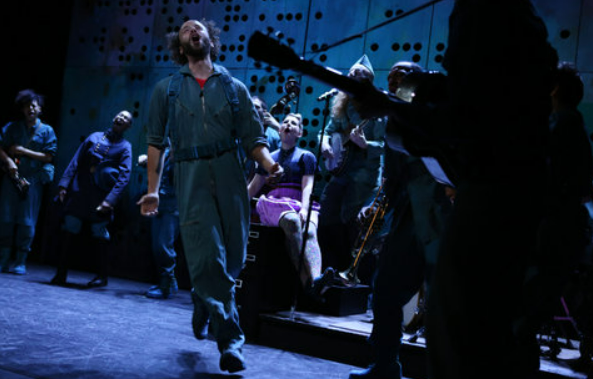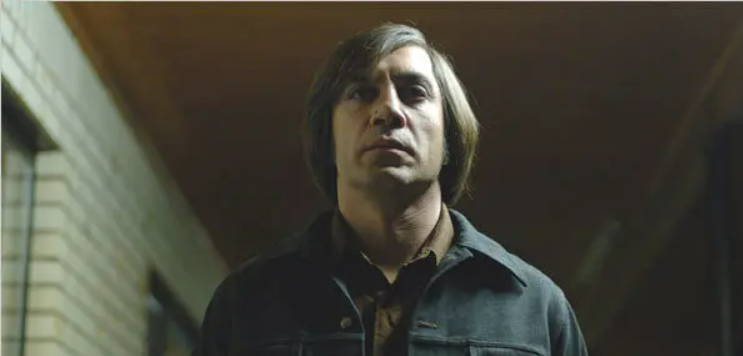Kristina Schafer, age 17
Monster. Serial killer. Sicko. I think of these images when I hear the name Jeffrey Dahmer. The terms are, unfortunately, fitting descriptions of who… rather, what… he came to be. In “My Friend Dahmer,” author Derf Backderf exposes the adolescent journey of one of the most famed serial killers of our time, from Dahmer’s collecting roadkill as a middle-schooler to his committing murder as a newly graduated high school senior.
I picked up this graphic novel expecting a creepy back story of a murderer — in all, seventeen young men lost their lives to his bloodlust. Instead, I was shocked to find this reality: his path could have turned in a different direction if the adults in his life had been conscious to his condition. Growing up in the 1970s, Dahmer’s world was a bitter hell. He struggled with mental instability that drove him to private insanity as a teenager. His homosexuality was a plague worse than paralysis in an unaccepting era. And as his family split apart at home, Dahmer’s descent into darkness became so evident that it affected his friends — including Backderf, Dahmer’s high school classmate. The isolation of Dahmer at school and failure on the part of his adult figures led him to find grisly methods to satisfy the emotional release he so badly needed.
Backderf captures the early days of Dahmer’s downward slope toward the brink with startling truth and blunt accuracy. This firsthand account of Dahmer’s teenage world is expertly framed by artwork drawn in an awkward, stiff and knobby style, reflecting the insecurities of this time period in Dahmer’s life. The shots of each panel play out with smooth synchronicity, like a movie. And what better color scheme to paint the portrait of a fractured existence than the heavy shadows of black and gray? The writer realized this idea by drenching his world in monochrome.
This book was constantly in my hands until I had taken in every last picture and word. It grabbed my attention and held it until the end, and even now the story sends shivers down my spine. Because Dahmer was misunderstood, it was too easy for his condition to be overlooked. Backderf led me to see this insidious kind of tragedy: not of a troubled youth, but of an ignorant world. Dahmer devolved from human to monster when people turned away. After reading this, I was no longer tempted to be oblivious. This book leaves its handprint on the reader, no matter their background, walk of life or social standing. Dahmer’s tale is a striking one. “My Friend Dahmer” is an intriguing and disturbingly entertaining read for anyone willing to enter one of history’s darkest minds.

